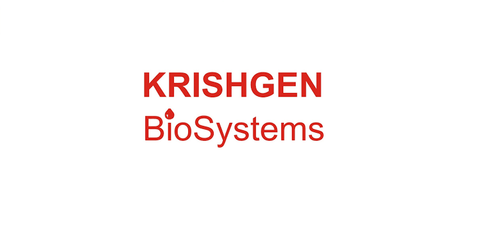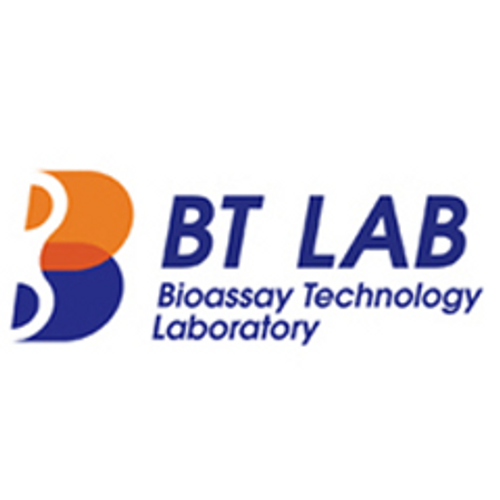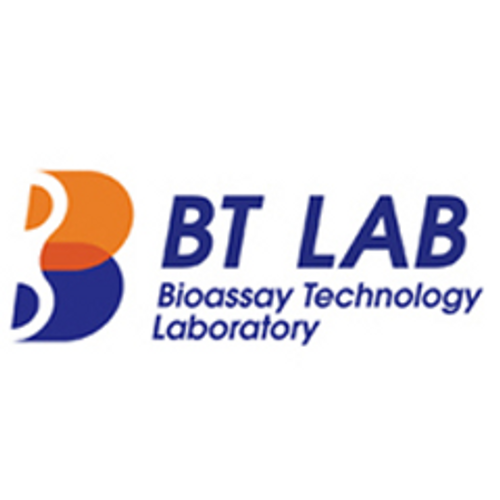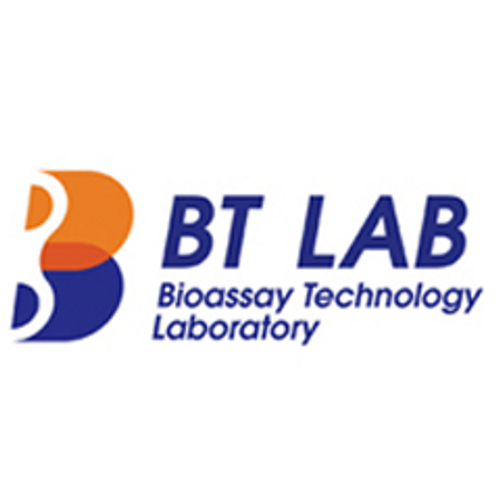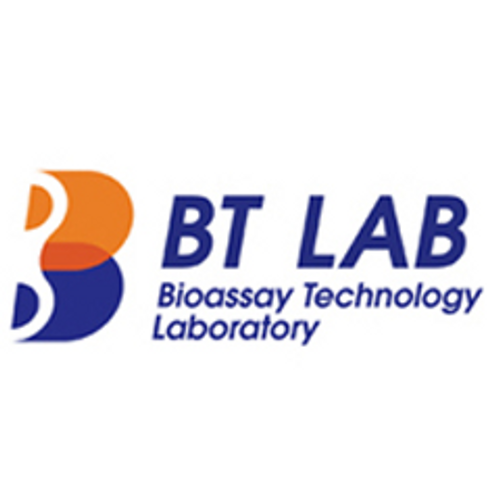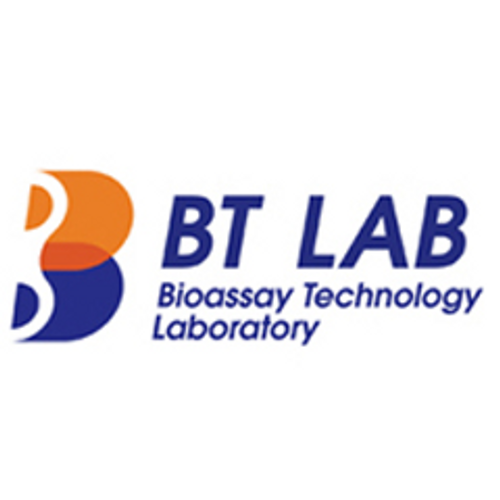Product Description
Bovine Phosphatidylinositide phosphatase SAC1 (SACM1L) ELISA Kit | AE59824BO | Abebio
Species Reactivity: Bovine (Bos taurus; Cattle)
Abbreviation: SACM1L
Alternative Name: DKFZp686A0231; KIAA0851; SAC1; phosphatidylinositide phosphatase SAC1|suppressor of actin 1
Application: ELISA
Range: 0.156-10 ng/mL
Sensitivity: 0.071 ng/mL
Intra-Assay: ≤4.3%
Inter-Assay: ≤7.5%
Recovery: 0, 98
Sample Type: Serum, Plasma, Other biological fluids
Detection Method: Sandwich
Analysis Method : Quantitive
Test Principale: This assay employs a two-site sandwich ELISA to quantitate SACM1L in samples. An antibody specific for SACM1L has been pre-coated onto a microplate. Standards and samples are pipetted into the wells and anySACM1L present is bound by the immobilized antibody. After removing any unbound substances, a biotin-conjugated antibody specific for SACM1L is added to the wells. After washing, Streptavidin conjugated Horseradish Peroxidase (HRP) is added to the wells. Following a wash to remove any unbound avidin-enzyme reagent, a substrate solution is added to the wells and color develops in proportion to the amount of SACM1L bound in the initial step. The color development is stopped and the intensity of the color is measured.
Product Overview: SAC1, a 587-amino acid protein with 34% sequence identity with the yeast RSD1 (recessive suppressor of secretory defect) protein. RT-PCR detected expression of SAC1 in heart, brain, lung, liver, kidney, pancreas, testis, and ovary, and less abundant expression in skeletal muscle and spleen. mouse Sac1 which encodes a protein sharing 95% sequence identity with human SAC1. Both contain 2 transmembrane regions and a leucine zipper pattern. Both are predicted to be cytoplasmic proteins in the endoplasmic reticulum. Northern blot analysis in mouse showed high expression of a 4-kb transcript in brain, lung, liver, and kidney. A lower level of expression was seen in spleen and skeletal muscle, and no expression was observed in heart or testis.
Stability: The stability of ELISA kit is determined by the loss rate of activity. The loss rate of this kit is less than 5% within the expiration date under appropriate storage condition. The loss rate was determined by accelerated thermal degradation test. Keep the kit at 37°C for 4 and 7 days, and compare O.D.values of the kit kept at 37°C with that of at recommended temperature. (referring from China Biological Products Standard, which was calculated by the Arrhenius equation. For ELISA kit, 4 days storage at 37°C can be considered as 6 months at 2 - 8°C, which means 7 days at 37°C equaling 12 months at 2 - 8°C) .
 Euro
Euro
 USD
USD
 British Pound
British Pound
 NULL
NULL





